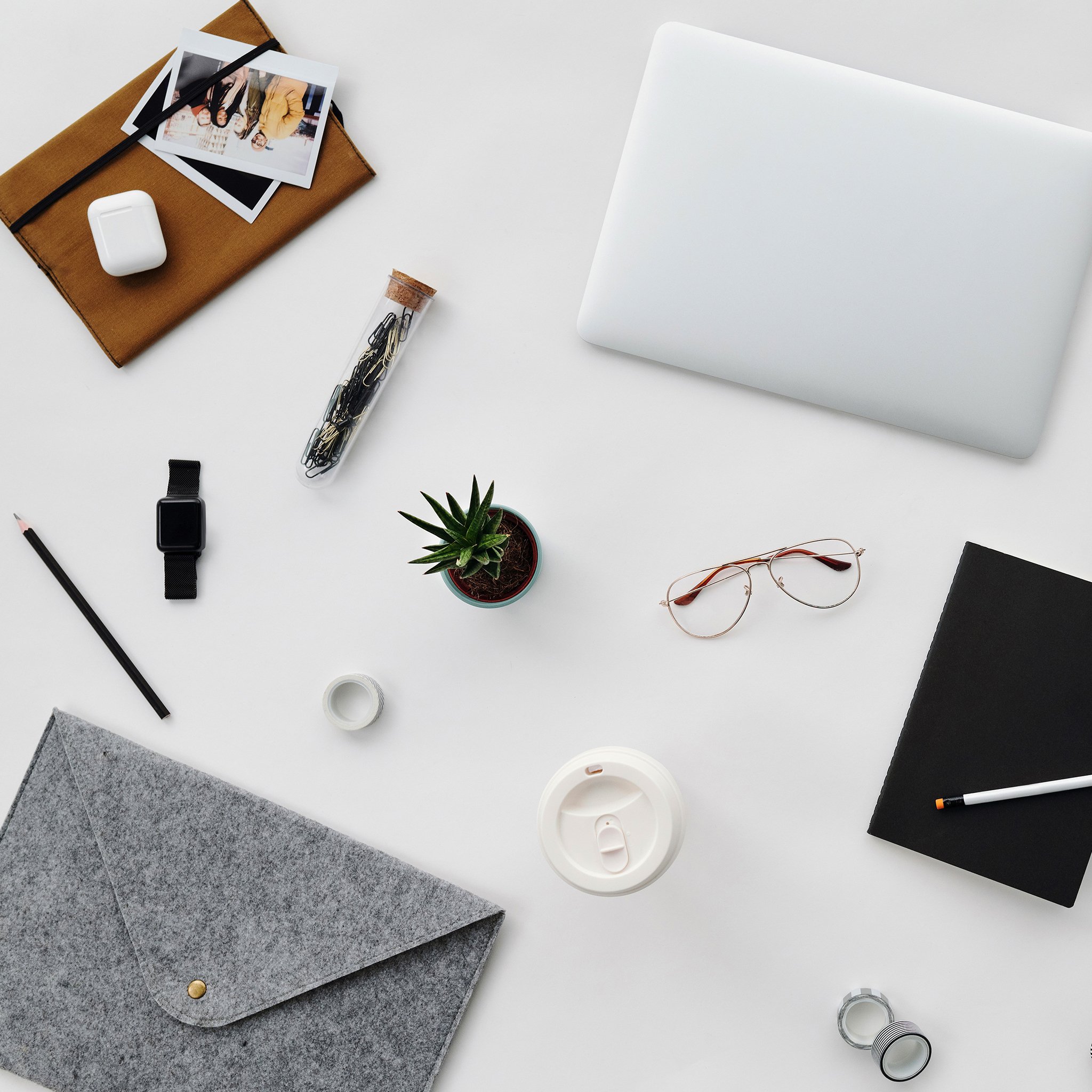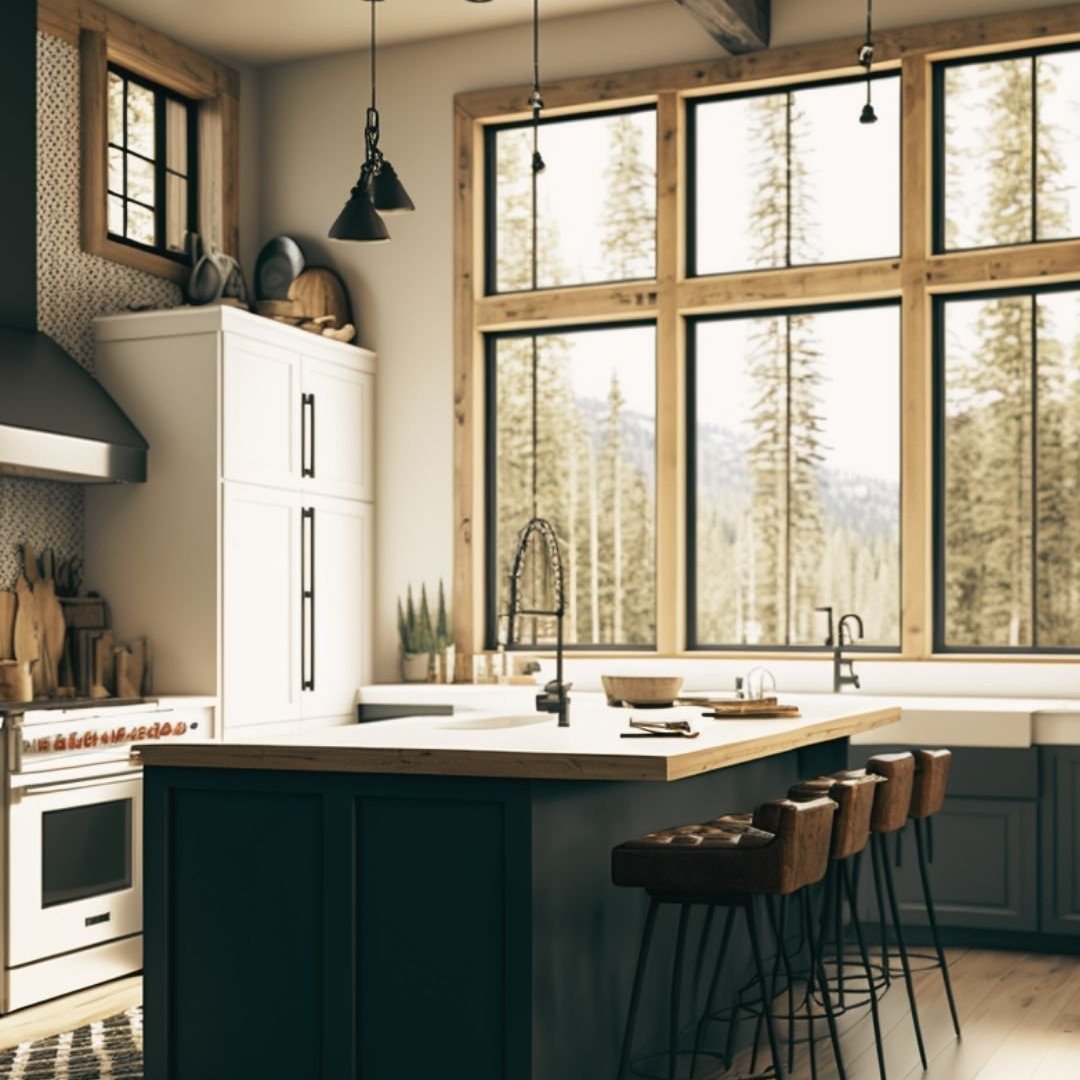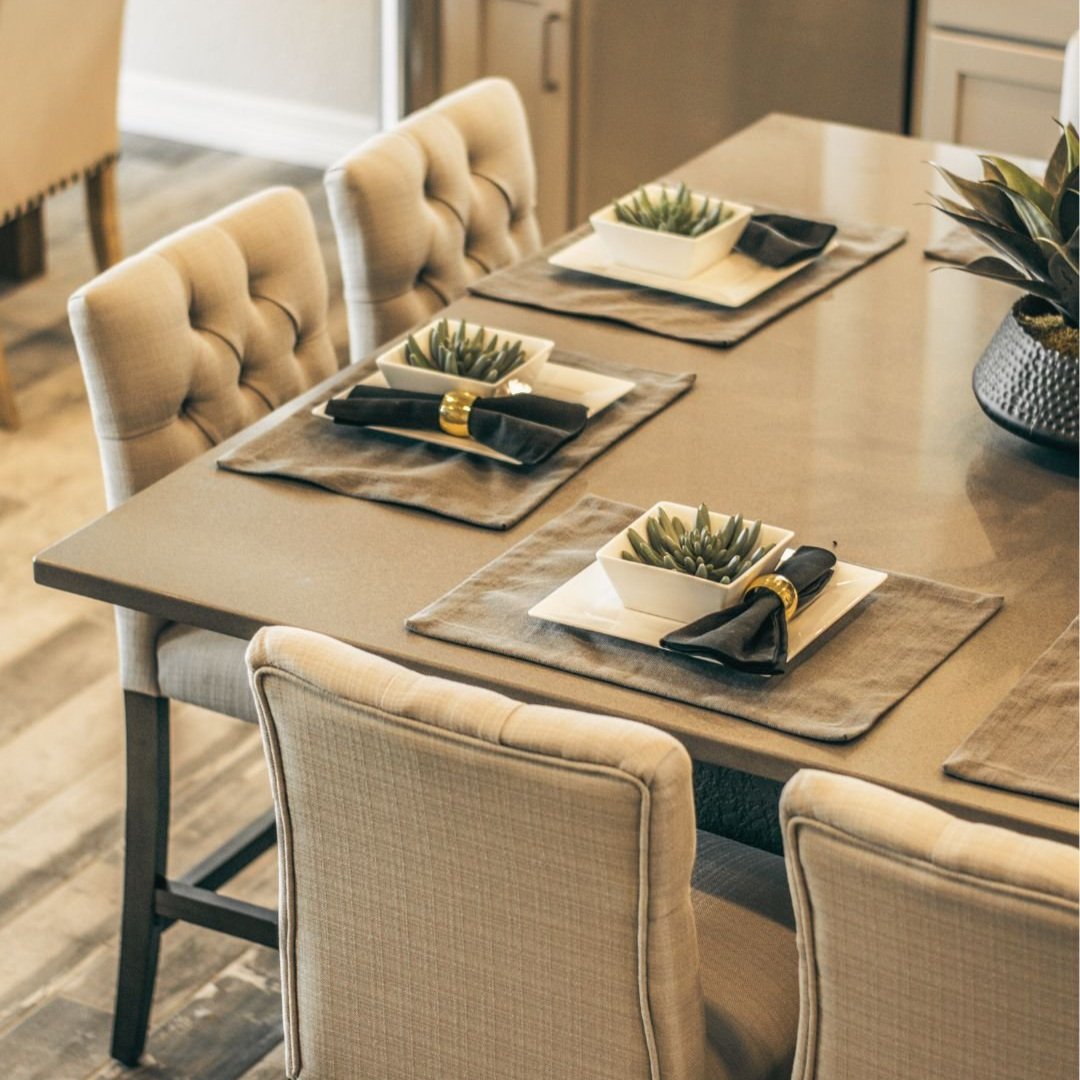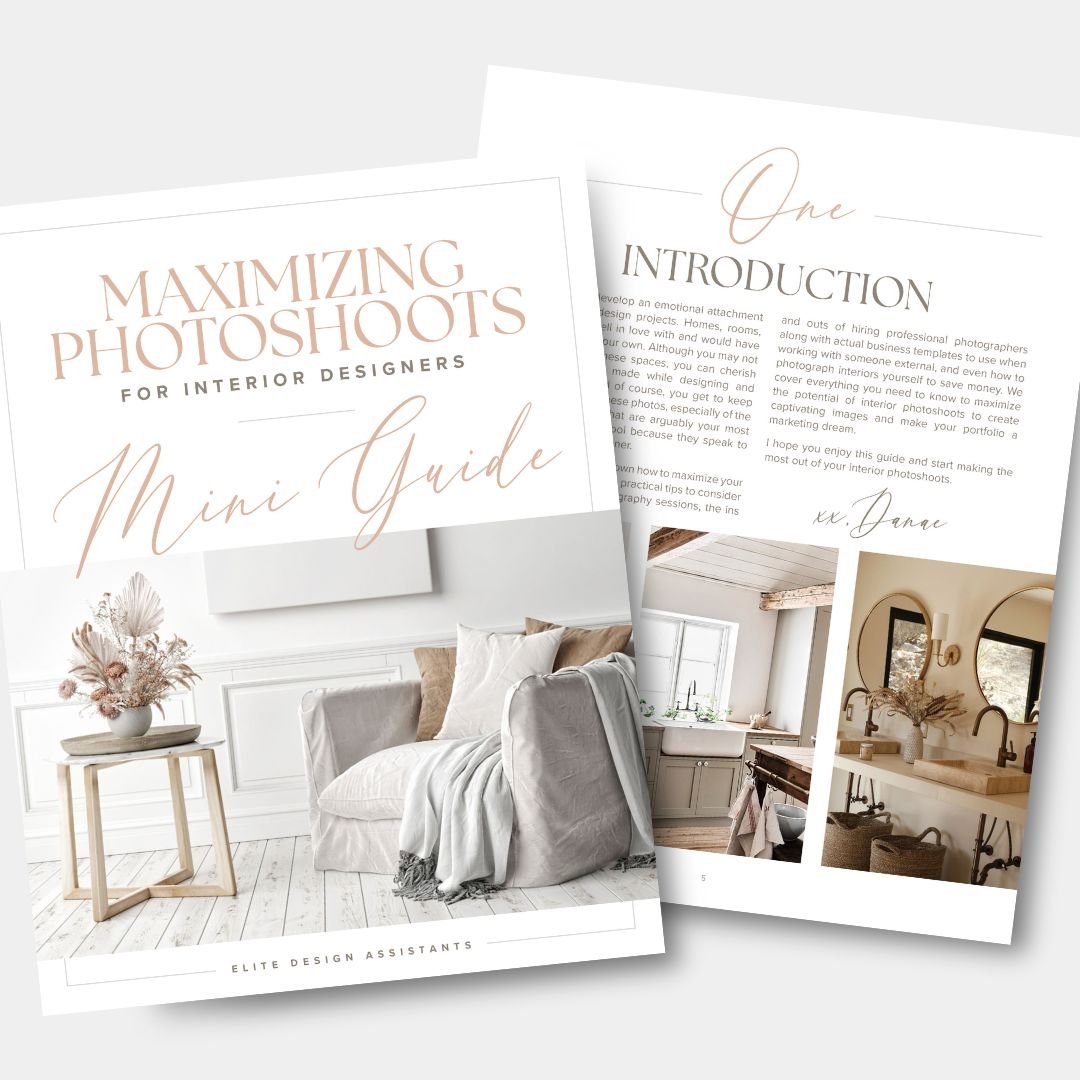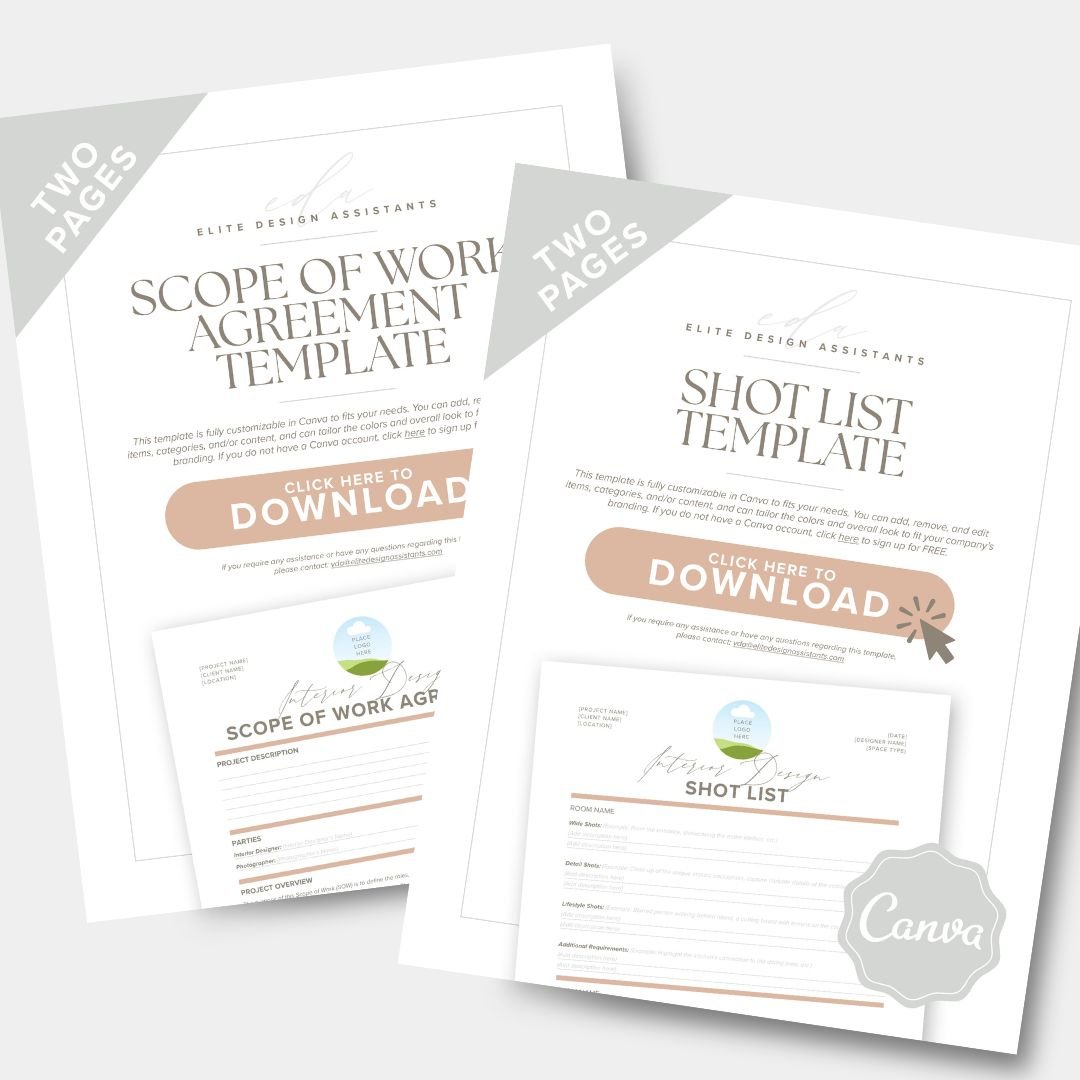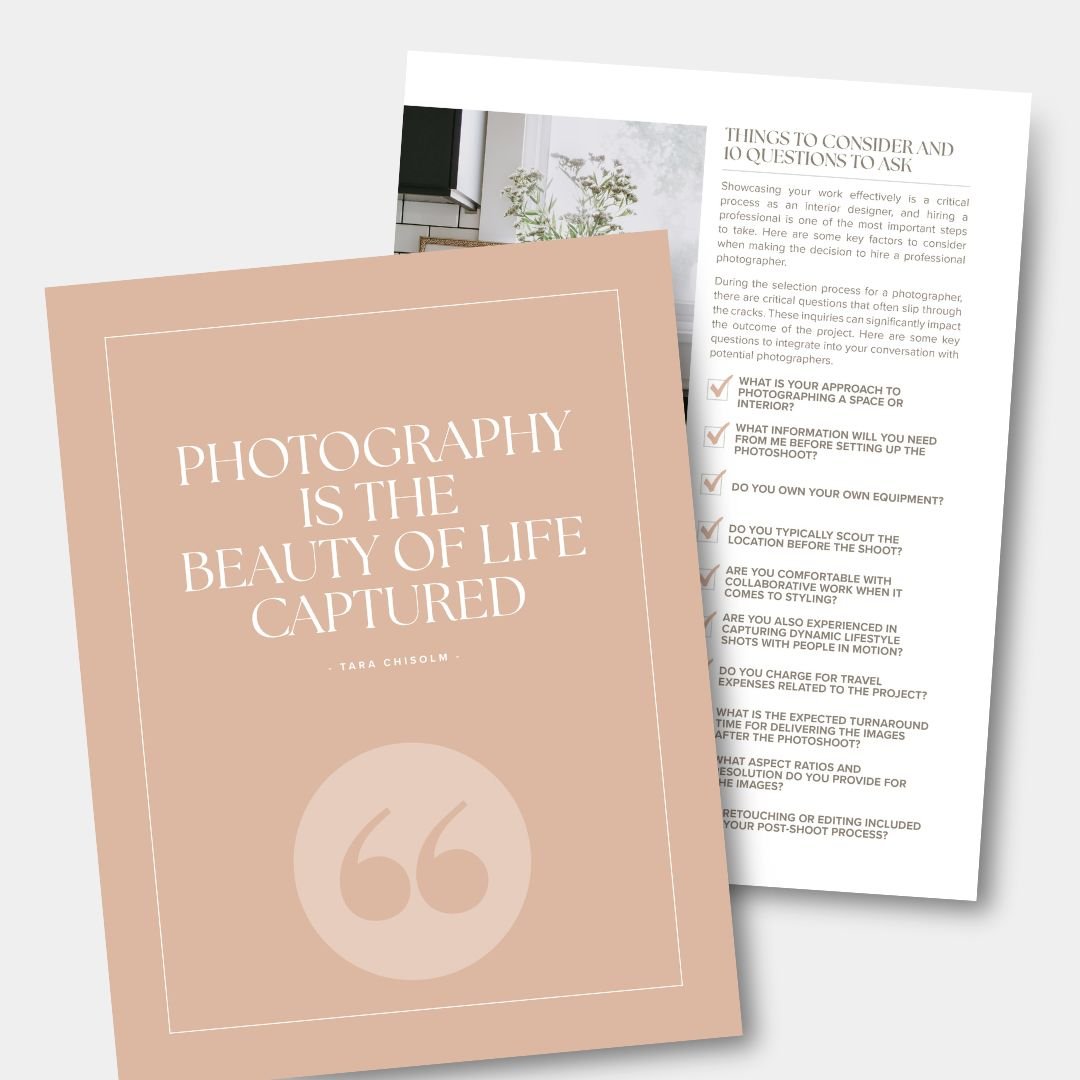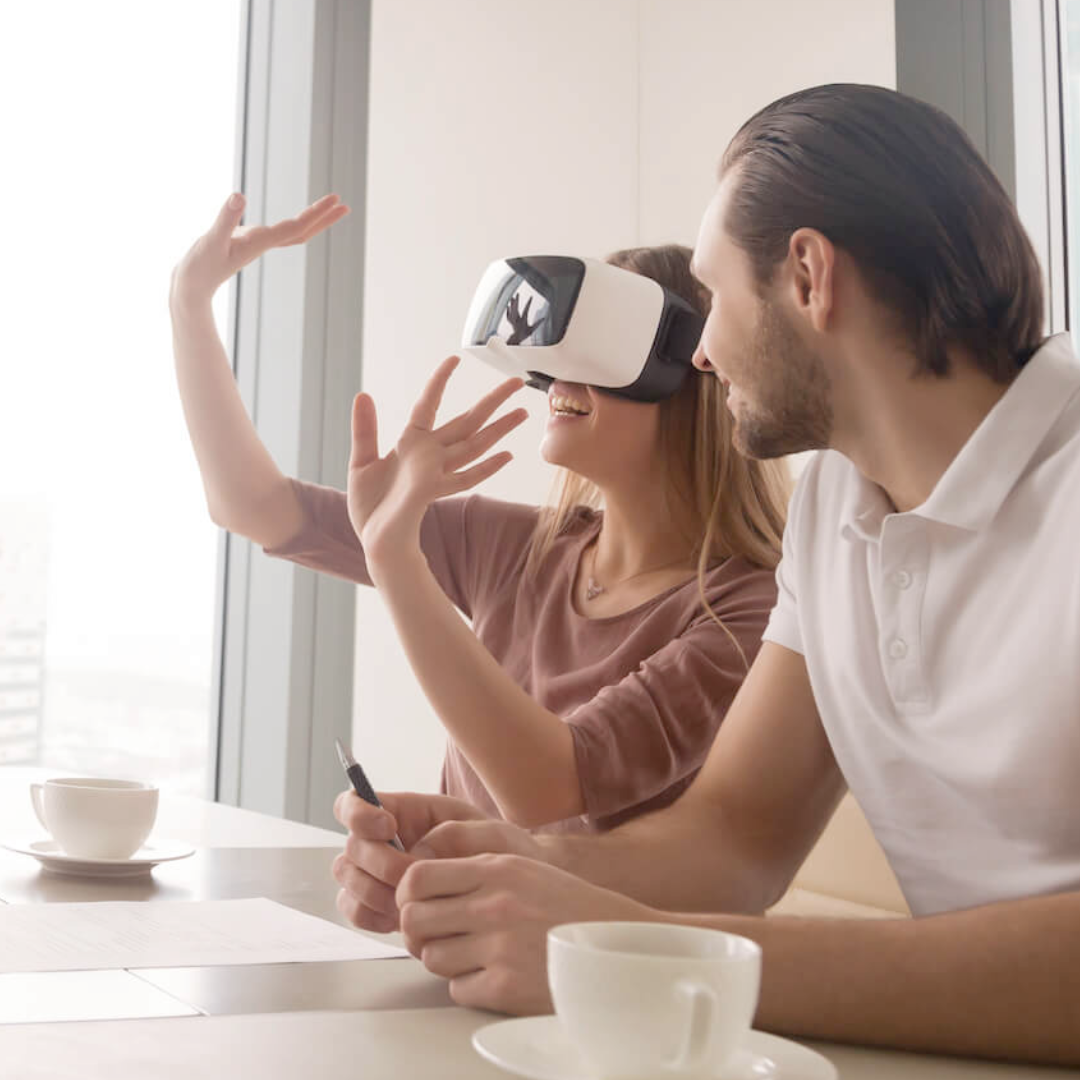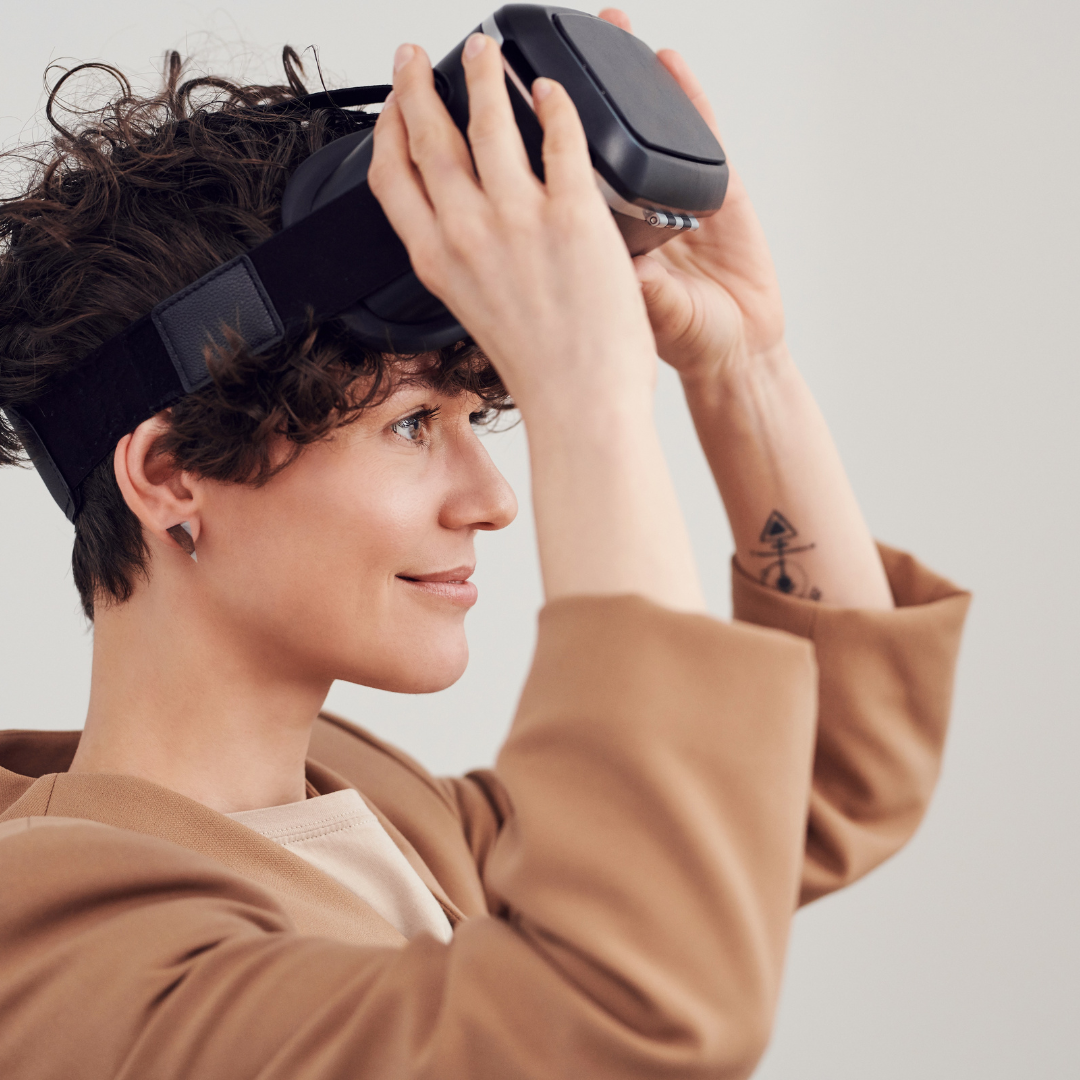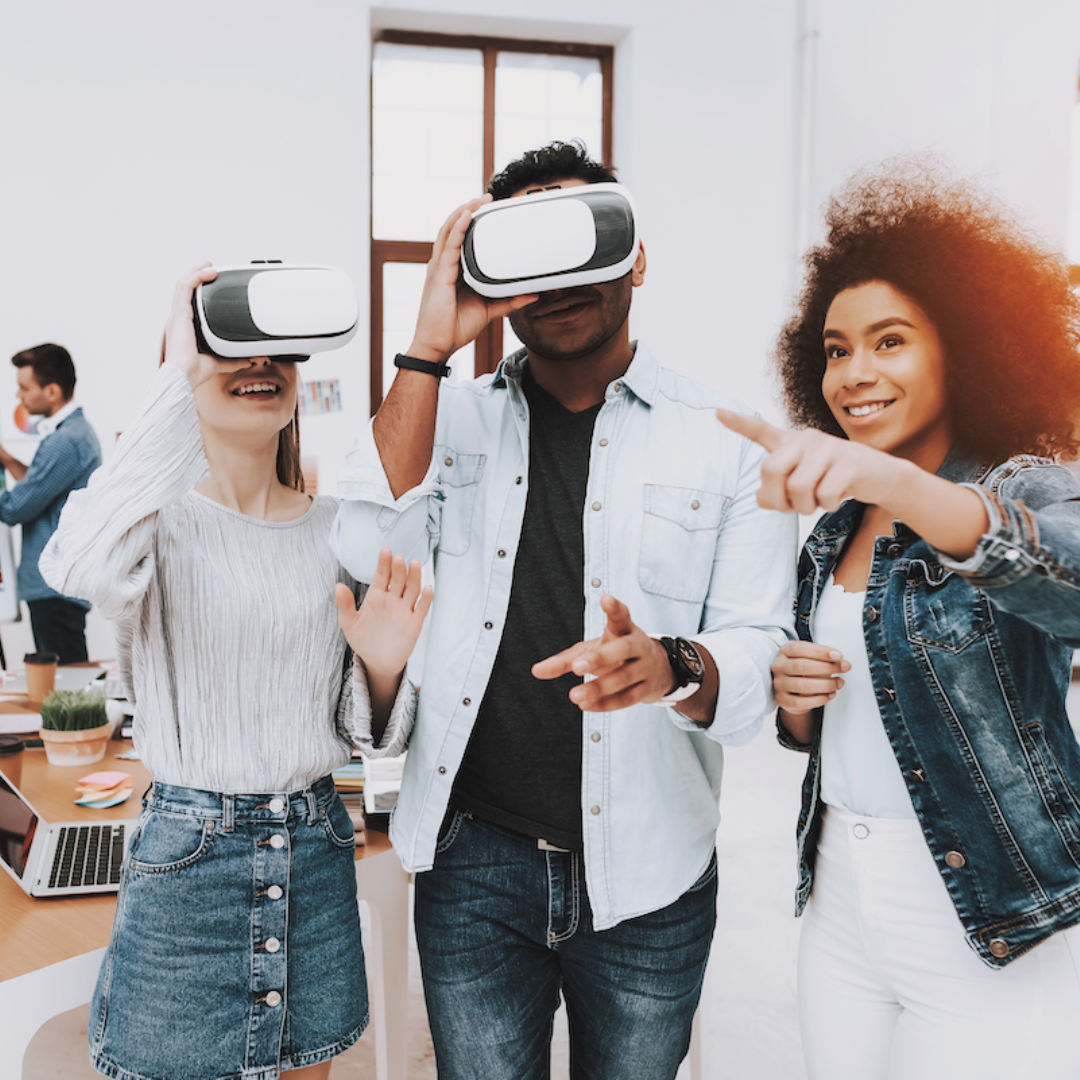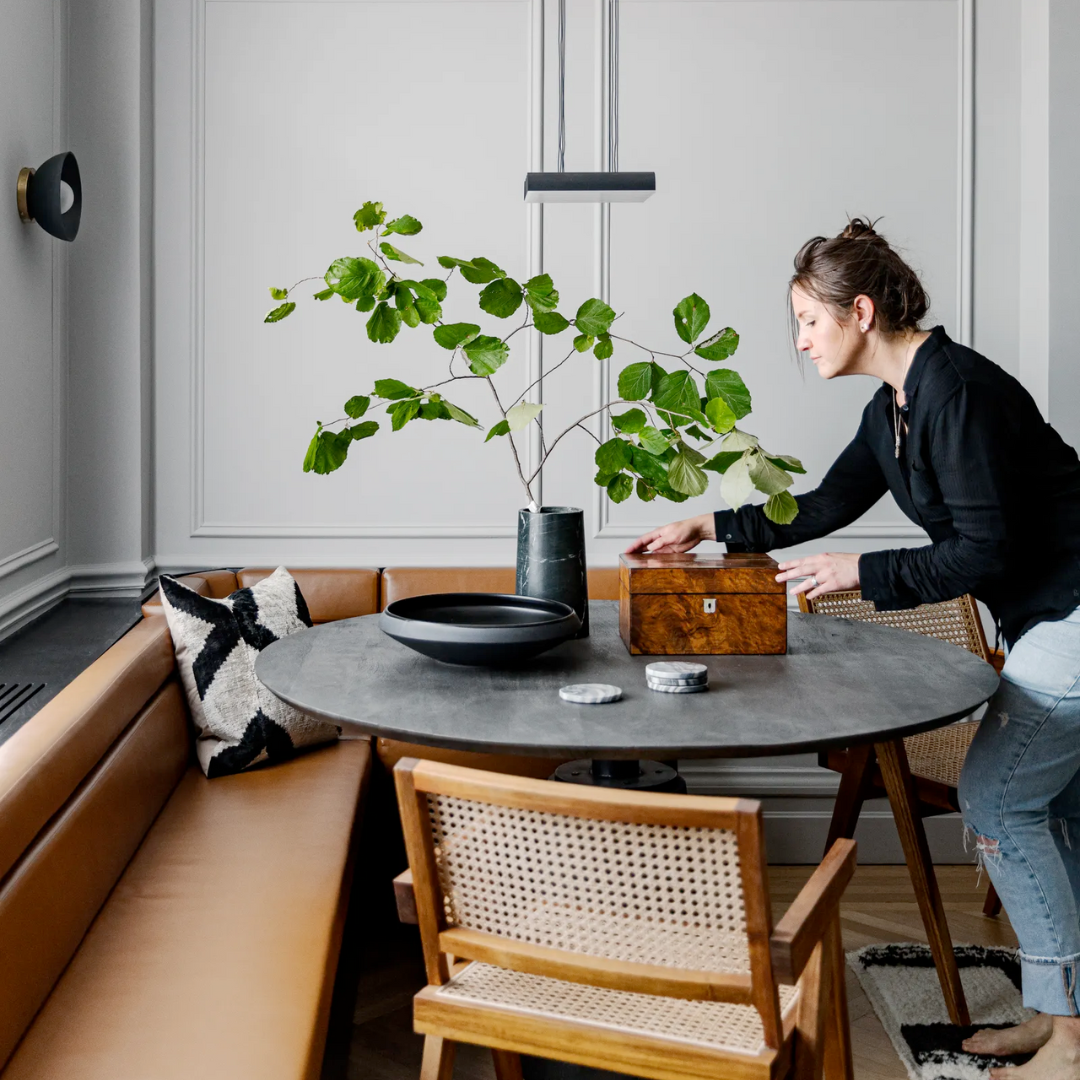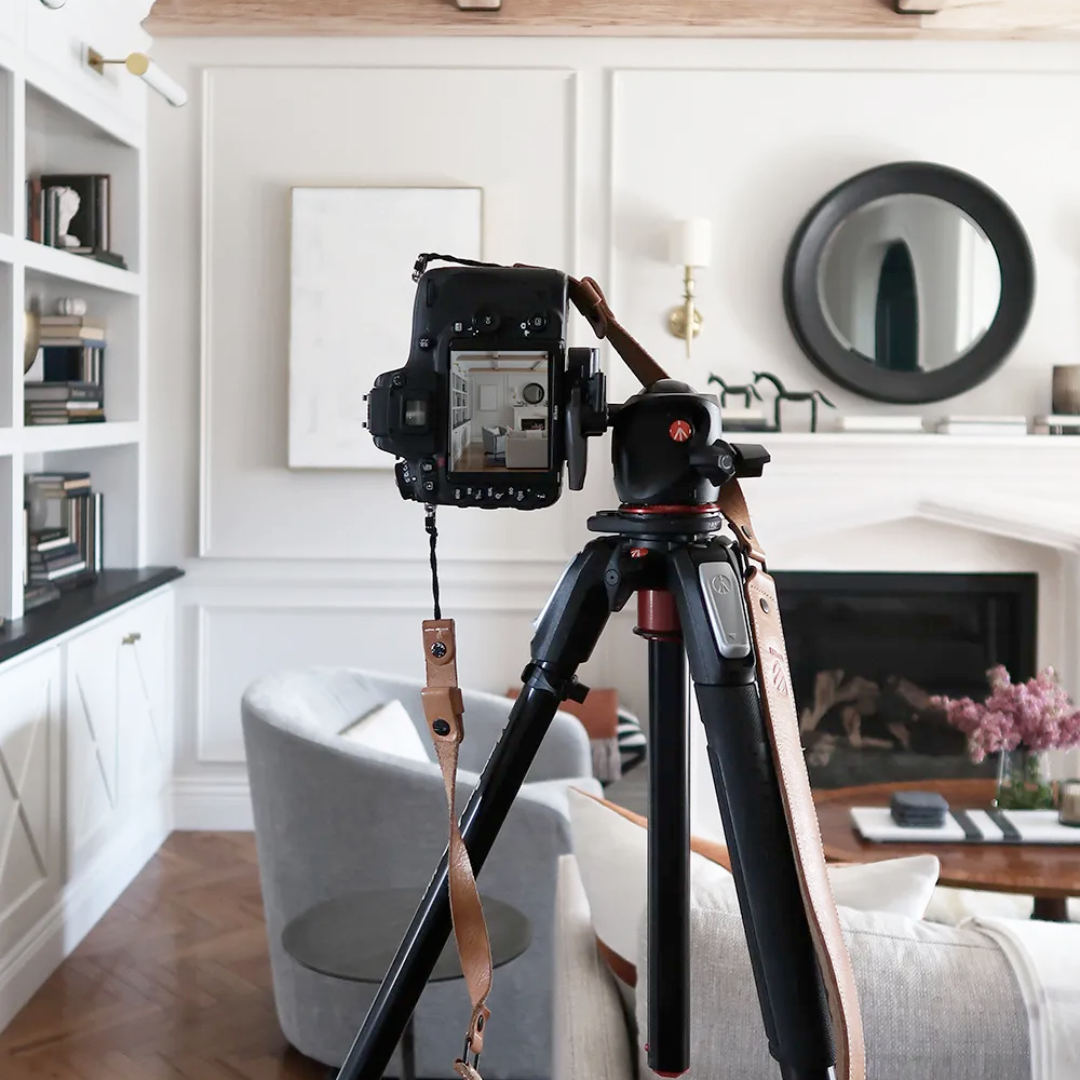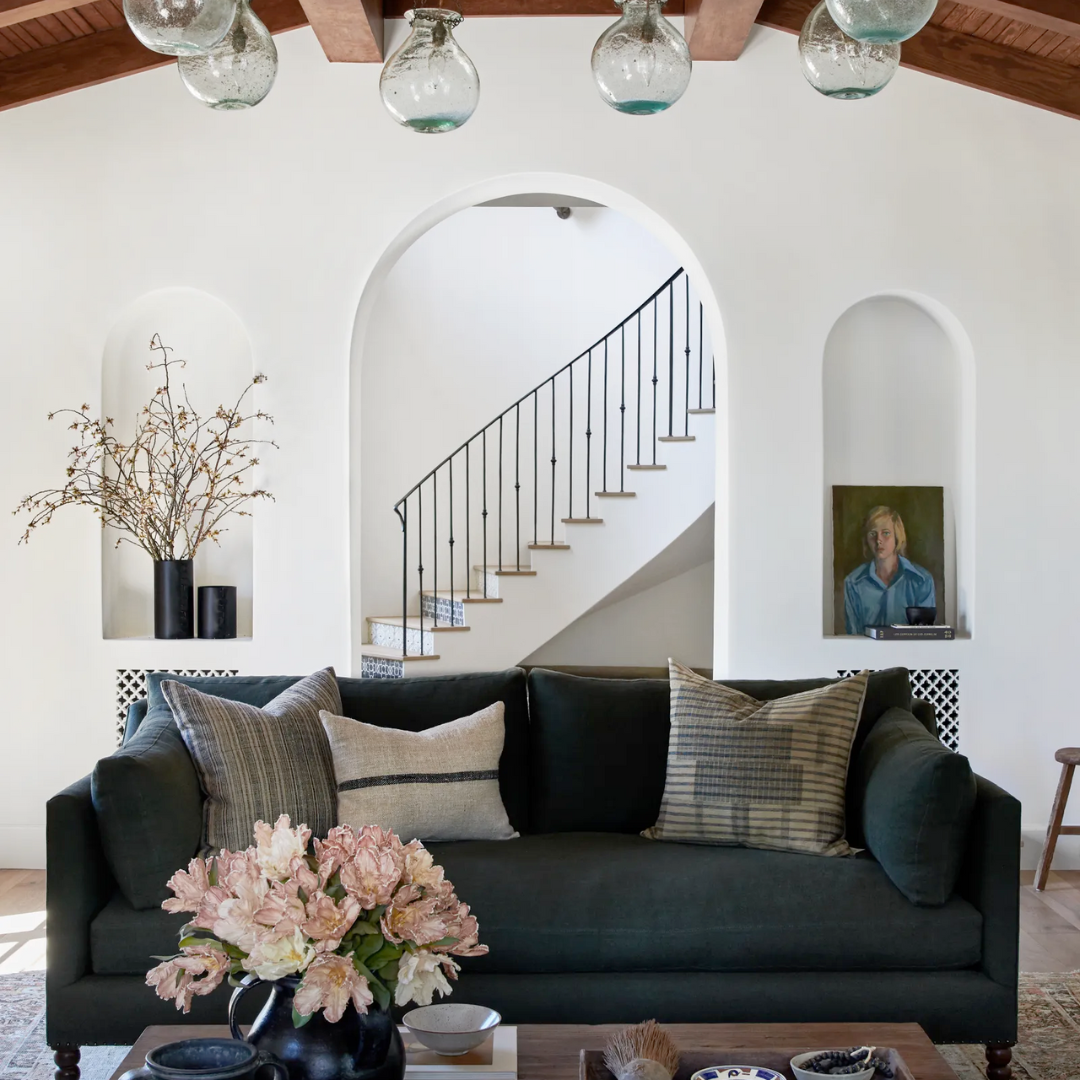Enhance Your Interior Design Portfolio: Introducing Our Maximizing Photoshoots Mini Guide for Interior Designers!
/Are you an interior designer looking to take your portfolio to the next level? Look no further! We're thrilled to announce the launch of our latest resource: the Maximizing Photoshoots Mini Guide for Interior Designers. In this comprehensive guide, we're sharing insider tips and expert advice on how to make the most out of your photoshoots and showcase your designs in the best possible light, no pun intended!
Why is a photoshoot so important for interior designers, you ask? Well, stunning photography can make all the difference when it comes to attracting clients and showcasing your talent. A well-executed photoshoot not only captures the essence of your design but also highlights the craftsmanship and attention to detail that sets your work apart.
So, what can you expect to find in our Maximizing Photoshoots Mini Guide? Let's take a sneak peek:
Preparation is Key: Learn how to prepare your space for a photoshoot, from decluttering and styling to optimizing lighting and angles. We'll walk you through the essential steps to ensure your designs shine on camera.
Collaborating with Photographers: Discover how to find the right photographer for your project and establish a successful collaboration. We'll share tips on communication, budgeting, and creative direction to achieve the perfect shots.
Styling for Success: Get insider tips from seasoned stylists on how to style your designs for maximum impact. From selecting props and accessories to arranging furniture and decor, we'll help you create visually stunning compositions that tell a story.
Post-Production Perfection: Learn the secrets of post-production editing to enhance your photos and showcase your designs in the best possible light. We'll cover everything from color correction and retouching to cropping and formatting for print and digital use.
Marketing Your Masterpieces: Once you have your stunning photos in hand, it's time to share them with the world! Discover effective strategies for leveraging your photography to attract clients, build your brand, and grow your interior design business.
Ready to elevate your interior design game? Our Maximizing Photoshoots Mini Guide for Interior Designers has everything you need to master the art of photoshoots and showcase your designs like never before. Don't miss out—grab your copy today and get ready to dazzle the world with your talent and creativity!
Happy photographing!
xx, Danae

